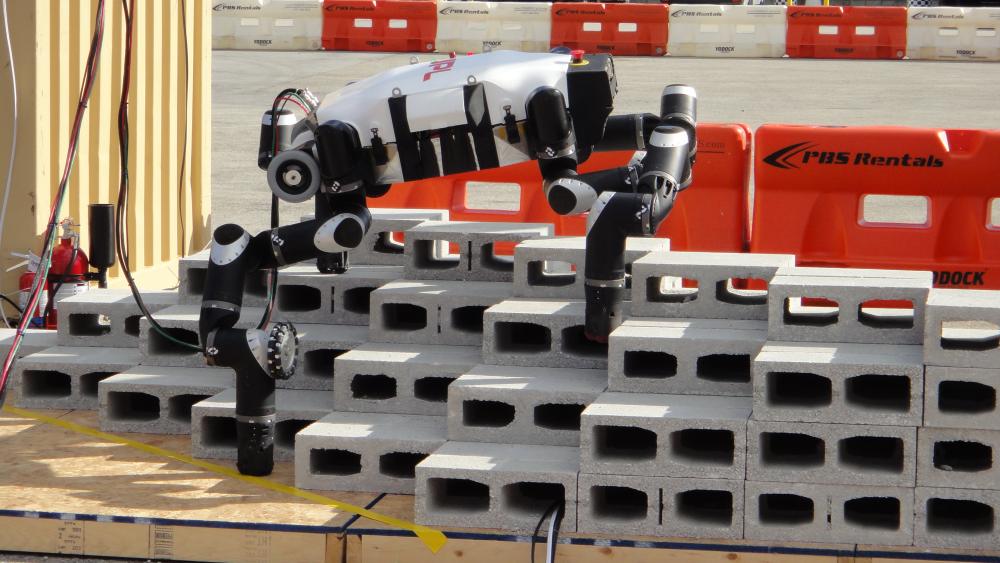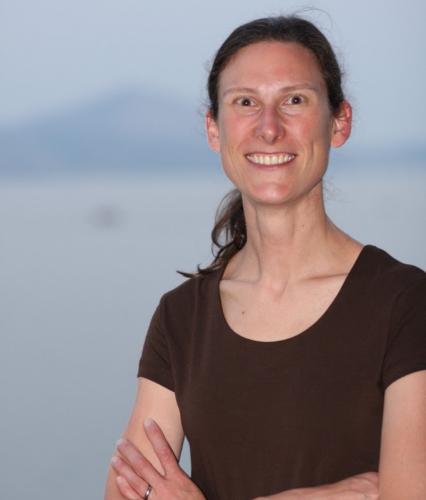Limbed locomotion in variable environments
One of the primary motivations for using legged robots is to cope with variable environments. While wheels provide a faster and arguably more stable locomotion solution for robots on relative flat ground, the use of intermittent footholds and handholds should intuitively improve capabilities on rough or degraded terrain. However, despite considerable recent efforts, most notably by researchers worldwide participating in the DARPA Robotics Challenge (DRC), open challenges remain.
In this talk, I will describe work within our group on modeling and control of legged robots, toward quantifying and optimizing performance to match the variability and uncertainty that characterize an environment. This work involves both simple models and testing with real-world robots. In particular, I will review our continuing work with RoboSimian: a human-scale robot with four identical limbs designed for high strength and dexterity, which was designed and built by NASA’s Jet Propulsion Lab (JPL) for the DRC competition.

Prof. Katie Byl, UCSB, USA

Katie Byl received the B.S., M.S., and Ph.D. degrees in mechanical engineering from Massachusetts Institute of Technology, Cambridge, MA, USA. She is an Associate Professor with the ECE Department, University of California, Santa Barbara, CA, USA. Her research interests include dynamic systems and control, with particular interest in bioinspired robot locomotion and manipulation in real-world environments. She has worked on a wide range of research topics in the control of dynamic systems, including magnetic bearing control, flapping-wing microrobotics, piezoelectric noise cancellation for aircraft, and vibration isolation for gravity wave detection. She was once a professional gambler on the now-infamous MIT Blackjack Team.
Dr. Byl received a Sloan Research Fellowship in Neuroscience in 2011, a Hellman Faculty Fellowship in 2012, and an NSF CAREER Award in 2013. She was a co-PI on the fifth place team (RoboSimian) in the Defense Advanced Research Projects Agency Robotics Challenge in 2015.